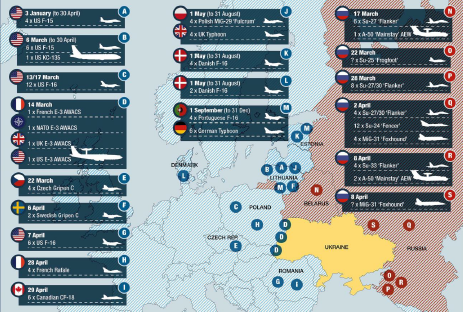Late last week we heard a lot about contributions to NATO. Except, that was not true. Because the idea of spending 2% of GDP on NATO is actually about a NATO member spending 2% of its GDP on its military. And within that 2%, at least 20% must be spent on hardware or R&D. There is a separate operating budget to which countries actually contribute funds. But before we look at all of this as a whole, I wanted to explore the burden sharing, which is what NATO terms the 2% of GDP defence expenditures.
I did something similar a couple of years ago back in 2014 during the height of the Russia–Ukraine crisis. However, here I looked at a narrower data set from 2011 to 2018 and then across all the NATO members. In 2014, NATO met in Wales and agreed that over the next ten years all members would increase their defence spending to 2% of GDP. We are only four years into that ten year plan and so most of these countries still have time to reach that level.

Credit for the piece is mine.


